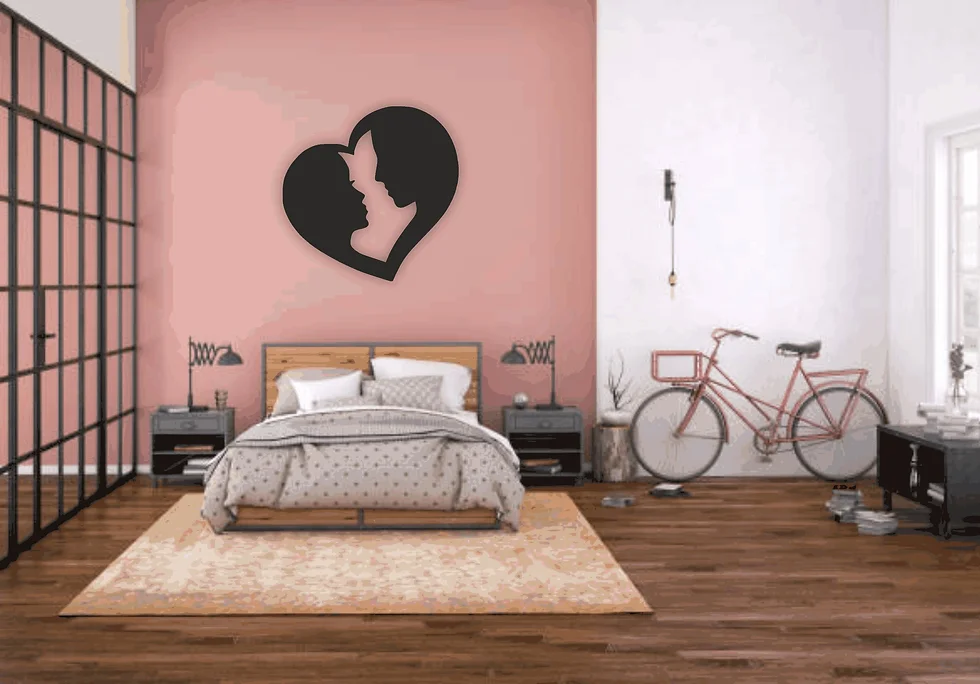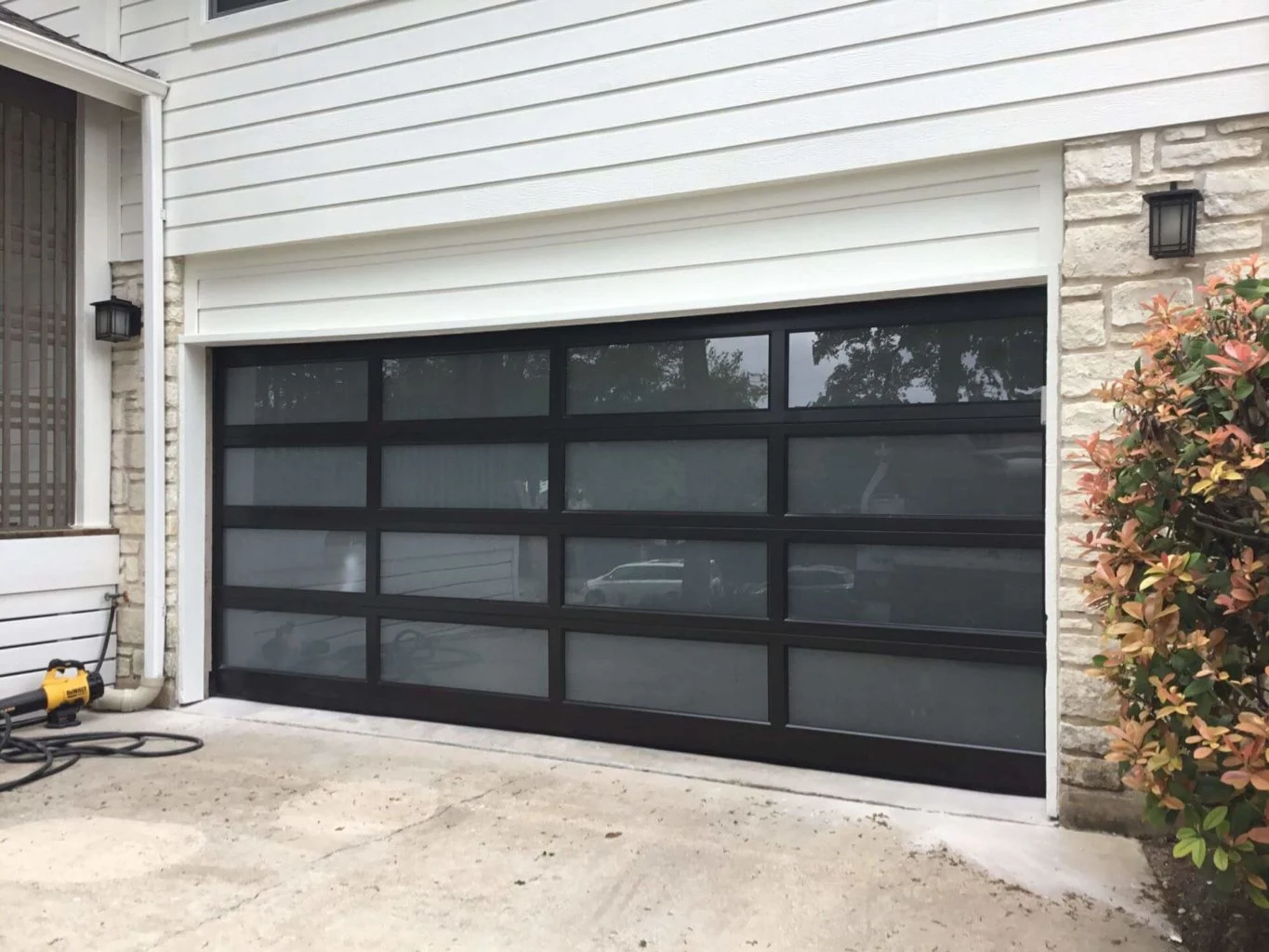Latest Posts Under: Home improvement
When planning an event, whether it is a grand festival, a wedding, or a small family gathering, ensuring that your guests have access to clean and convenient restroom facilities is crucial. Affordable and hygienic portable restroom rentals offer an excellent solution for managing sanitation needs across a range of events, big or small. These facilities are designed to provide comfort and cleanliness, addressing the varying demands of different types of gatherings with ease. For large-scale events such as music festivals, fairs, or sporting events, portable restrooms are indispensable. They alleviate the strain on existing facilities and help maintain a high standard of hygiene, crucial for the comfort and satisfaction of attendees. Modern portable restrooms are equipped with features like running water, hand sanitizers, and even air conditioning, ensuring a pleasant experience despite the event’s size. Additionally, they come in various sizes and configurations, including standard units, deluxe models with flushing toilets, and even ADA-compliant units for accessibility, allowing event organizers to tailor their rental choices to the specific needs of their guests.
Small gatherings also benefit significantly from portable restroom rentals. For backyard parties, weddings, or intimate events, the convenience of having clean restrooms on-site cannot be overstated. Portable restrooms eliminate the need for guests to use indoor facilities or navigate to a distant public restroom, ensuring that everyone can enjoy the event without interruption. Many rental companies offer compact units that are ideal for smaller events, which can be easily placed in less accessible areas without compromising on sanitation or convenience. Affordability is another key advantage of portable restroom rentals. Rental companies often provide flexible pricing options to accommodate different budgets, whether you are hosting a high-profile event or a modest get-together. The cost typically includes delivery, setup, and maintenance throughout the event, ensuring that the facilities remain clean and well stocked. Furthermore, many companies offer packages that include a range of services, from regular servicing and restocking to the provision of additional amenities like hand washing stations or luxury restroom trailers.
Hygiene remains a top priority with modern portable restroom rentals Sacramento units. Most rentals feature advanced sanitation technologies, including high-efficiency flushing systems, automatic soap dispensers, and UV light sterilization. This commitment to cleanliness helps to prevent the spread of germs and ensures that the restrooms are always in top condition. Many rental companies adhere to strict health and safety regulations, providing peace of mind that the facilities meet high standards of hygiene and safety. In summary, whether you are organizing a large festival or a small private gathering, affordable and hygienic portable restroom rentals offer a practical and reliable solution for maintaining cleanliness and comfort. By choosing the right rental options, you can ensure that your guests have access to quality restroom facilities, allowing them to enjoy your event to the fullest.
The future of art curation is poised to undergo a profound transformation as technology and design increasingly intertwine. This evolution is driven by the integration of advanced digital tools, immersive experiences, and data-driven insights, which collectively enhance both the creation and presentation of art. Emerging technologies such as artificial intelligence AI, virtual reality VR, and augmented reality AR are revolutionizing how artworks are curated, exhibited, and experienced. AI algorithms can analyze vast amounts of data to identify emerging trends, suggest new artists, and even predict shifts in public taste, enabling curators to stay ahead of the curve and offer more personalized and relevant exhibitions. VR and AR, on the other hand, offer immersive environments where viewers can interact with art in ways that were previously unimaginable. For instance, virtual exhibitions allow audiences to explore galleries from anywhere in the world, breaking down geographical barriers and expanding access to diverse art forms. AR can overlay digital information on physical artworks, providing contextual details and interactive elements that deepen the viewer’s engagement.

The convergence of technology and design also influences the physical space of galleries and museums. Advanced lighting, projection systems, and soundscapes create dynamic and adaptive environments that respond to the artworks and the audience’s interactions. These innovations transform static displays into fluid, multi-sensory experiences that can evoke a stronger emotional response and provide a more nuanced understanding of the art. Additionally, design principles applied to digital interfaces and user experience UX play a crucial role in how art is presented online. Curators now have the ability to design virtual spaces that are not only visually appealing but also intuitive and user-friendly, ensuring that the art is accessible and engaging for a global audience. The data collected through these technological advancements also offers valuable insights into audience behavior and preferences. This information allows curators to tailor their exhibitions to better meet the needs and interests of their viewers, creating a more interactive and satisfying experience.
For example, analytics can reveal which artworks are most engaging, how long visitors spend with different pieces, and which features drive the most interaction. Such data-driven approaches enable curators to make informed decisions about future exhibitions and programming, fostering a more responsive and relevant art curation practice. As technology continues to evolve, it is likely that the boundaries between physical and digital art experiences will blur even further. The integration of blockchain technology for provenance and ownership, 3D printing for creating art replicas, and the use of machine learning for generating new artistic content are just a few examples of how technology will further shape the future of art curation. These innovations promise to democratize access to art, enhance the viewer’s experience, and provide new opportunities for artists and curators alike and Contact us. In this rapidly changing landscape, the collaboration between technology and design will be crucial in crafting engaging, meaningful, and transformative art experiences that resonate with diverse audiences and redefine the boundaries of artistic expression.
When it comes to transforming the exterior of your home, few upgrades have the impact of new siding installation. Not only does siding improve the aesthetics and curb appeal of your property, but it also plays a crucial role in protecting your home from the elements. However, with a plethora of colors and styles available in the market, finding the perfect combination that complements your home can be a daunting task.
Architectural Style:
The architectural style of your home should be the primary consideration when selecting the siding. Different styles have specific characteristics and design elements that should be taken into account. For instance, traditional homes may benefit from classic siding options like clapboard or Dutch lap, while modern homes might look better with sleek and smooth siding materials like metal or vinyl.
Neighborhood Aesthetics:
While you want your home to stand out, it is also essential to consider the overall aesthetic of your neighborhood. Take a walk around your area and observe the colors and styles of neighboring houses. While you do not have to copy exactly, choosing a siding color and style that harmonizes with the neighborhood will maintain the overall visual appeal of the community.

Climate Considerations:
The climate of your region plays a crucial role in determining the best siding material. Some siding options are more suitable for specific climates than others. For example, vinyl siding is known for its durability and ability to withstand harsh weather conditions, making it ideal for areas with extreme temperature fluctuations. On the other hand, wood siding can provide excellent insulation but may not fare well in areas with high humidity or frequent rain.
Personal Preference:
Ultimately, your personal preference and style should not be overlooked. Your home is an extension of yourself, and the siding color and style should reflect your taste. Consider the colors and styles that resonate with you and make you feel at home. Remember that you will be living with vinyl siding installation for a long time, so choose something that you genuinely love.
Complementary Colors:
The color of your siding should complement the other elements of your home’s exterior, such as the roof, windows, doors, and trim. Harmonizing these elements creates a cohesive and visually appealing look. Consider using a color wheel to find complementary colors. For example, if your roof has warm brown tones, siding in a cool shade of gray or blue could create an attractive contrast.
Light Exposure:
Take note of how much sunlight your home receives throughout the day. The intensity of sunlight can affect how siding colors appear. Colors can look different in direct sunlight compared to shade, and it is essential to consider this when making your choice. You might want to test sample colors on different sides of your home and observe how they look at various times of the day.
Longevity and Maintenance:
Different siding materials have varying levels of maintenance requirements and lifespans. While wood siding can be beautiful, it typically requires more upkeep than vinyl or fiber cement siding. Factor in how much time and effort you are willing to invest in maintaining your siding, as well as the longevity you expect from the material.
Recent Posts
- Save Big on Purchases by Using an Amazon Gift Card Generator Available
- Protect Your Collection’s Future With TAG Graded Slabs
- Eco-Friendly Aligners: Invisalign’s Journey Towards Sustainable Dentistry
- Choose Safe Asbestos Removal for a Healthier, Worry-Free Future
- Flexible Packaging Options Support Innovative Branding and Customer Engagement